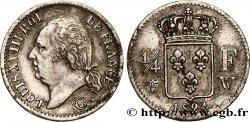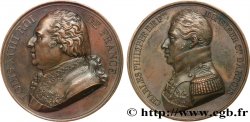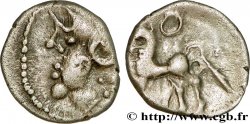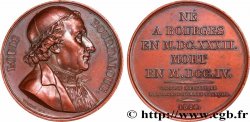E-auction 104-55047 - fjt_281214 - LUIGI XVIII Quinaire de Louis XVIII 1822
Devi Sign-in ed essere un offerente approvato fare un'offerta, Login per fare offerte. Conti sono soggetti ad approvazione e di approvazione sono raggiunti entro 48 ore. Non aspettare fino al giorno di una vendita si chiude per registrarti.Confermando la tua offerta su questo oggetto ti impegni ad un contratto legalmente vincolante per l'acquisto di questo prodotto e fare clic su «offerta» costituisce accettazione dei termini di utilizzo de e-auctions cgb.fr.
Offerta deve essere collocato in euro gli importi interi vendita only.The si chiuderà al momento sulla descrizione dell'oggetto, eventuali offerte pervenute al sito dopo l'orario di chiusura non verranno eseguite. Volte transmition possono variare e le offerte potrebbero essere respinto se si attende per gli ultimi secondi. Per ulteriori informazioni ckeck le FAQ.
SENZA COSTI PER GLI ACQUIRENTI.
SENZA COSTI PER GLI ACQUIRENTI.
| Valutazione : | 120 € |
| Prezzo : | 57 € |
| Offerta maxima : | 67 € |
| Data di fine vendita : | 13 aprile 2015 18:24:30 |
| partecipanti : | 9 partecipanti |
Tipo : Quinaire de Louis XVIII
Data: 1822
Metallo : argento
Diametro : 13 mm
Asse di coniazione : 12 h.
Peso : 1,07 g.
Orlo : lisse
Grado di rarità : R3
Diritto
Titolatura diritto : LOUIS XVIII A SON AIEUL LOUIS LE GRAND.
Descrittivo diritto : Buste de Louis XVIII à gauche en uniforme.
Rovescio
Titolatura rovescio : RETABT DE LA STATUE DE LOUIS XIV LE XXV AOUT MDCCCXXII.
Descrittivo rovescio : Tête de Louis XIV à gauche.
Commento
Cette médaillette fut frappée le 25 août 1822, à l'occasion du rétablissement de la statue de Louis XIV, place des Victoires , statue qui avait été déboulonnée pendant la Révolution.
Le choix de la date du 25 août n'est pas anodin, c'est la Saint-Louis, depuis 1297. Ces petits jetons, qui furent probablement jetés à la foule lors de l’évènement, reprennent la tradition des romains. Les empereurs romains frappaient des monnaies spécifiques, les quinaires, du diamètre et de l'aspect de notre jeton, qui servaient lors des largesses impériales, jetées au peuple.
Ce qui est plus que curieux est qu’il existe un autre quinaire, bien plus commun, voir fjt_247960 , lequel est frappé avec une technologie moderne pour l’époque alors que celui-ci ressemble plus à ce qui aurait pu être frappé sous Louis XIV.
This medallion was struck on August 25, 1822, on the occasion of the restoration of the statue of Louis XIV, Place des Victoires, a statue that had been unbolted during the Revolution. The choice of the date of August 25 is not insignificant, it is Saint-Louis, since 1297. These small tokens, which were probably thrown to the crowd during the event, take up the tradition of the Romans. The Roman emperors struck specific coins, the quinaries, of the diameter and appearance of our token, which were used during the imperial largesse, thrown to the people. What is more than curious is that there is another quinary, much more common, see fjt_247960, which is struck with modern technology for the time while this one looks more like what could have been struck under Louis XIV
Le choix de la date du 25 août n'est pas anodin, c'est la Saint-Louis, depuis 1297. Ces petits jetons, qui furent probablement jetés à la foule lors de l’évènement, reprennent la tradition des romains. Les empereurs romains frappaient des monnaies spécifiques, les quinaires, du diamètre et de l'aspect de notre jeton, qui servaient lors des largesses impériales, jetées au peuple.
Ce qui est plus que curieux est qu’il existe un autre quinaire, bien plus commun, voir fjt_247960 , lequel est frappé avec une technologie moderne pour l’époque alors que celui-ci ressemble plus à ce qui aurait pu être frappé sous Louis XIV.
This medallion was struck on August 25, 1822, on the occasion of the restoration of the statue of Louis XIV, Place des Victoires, a statue that had been unbolted during the Revolution. The choice of the date of August 25 is not insignificant, it is Saint-Louis, since 1297. These small tokens, which were probably thrown to the crowd during the event, take up the tradition of the Romans. The Roman emperors struck specific coins, the quinaries, of the diameter and appearance of our token, which were used during the imperial largesse, thrown to the people. What is more than curious is that there is another quinary, much more common, see fjt_247960, which is struck with modern technology for the time while this one looks more like what could have been struck under Louis XIV







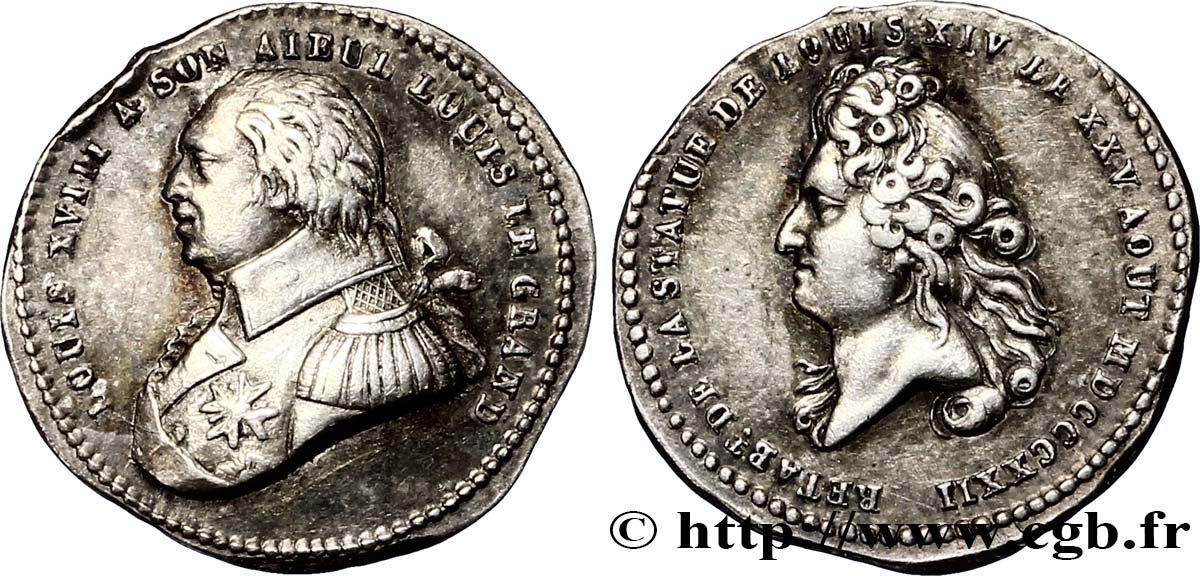
 Segnalare un errore
Segnalare un errore Stampate la pagina
Stampate la pagina Condividi mia selezione
Condividi mia selezione Fai una domanda
Fai una domanda Consegnare / vendere
Consegnare / vendere
 Descrittivo
Descrittivo


